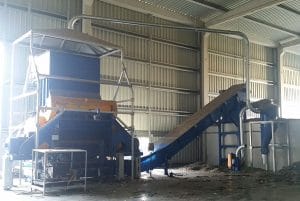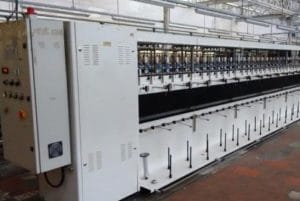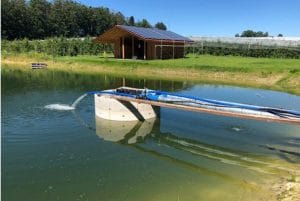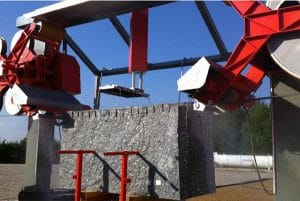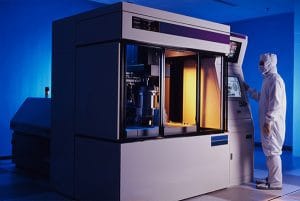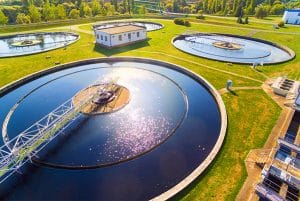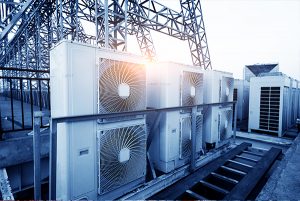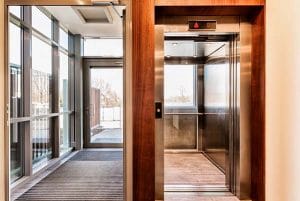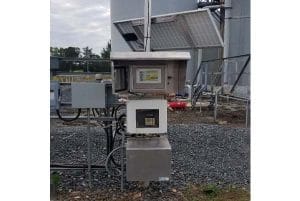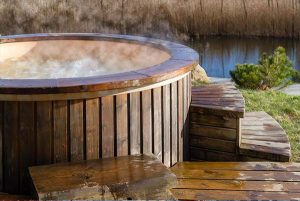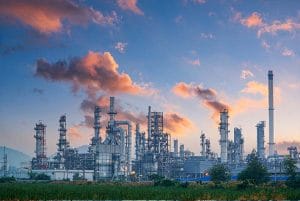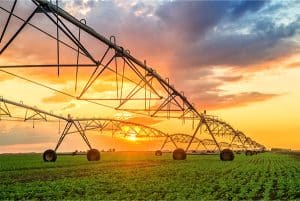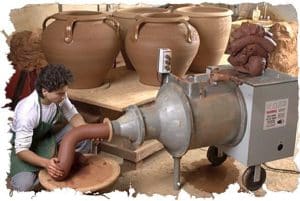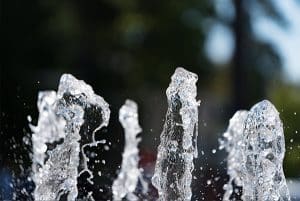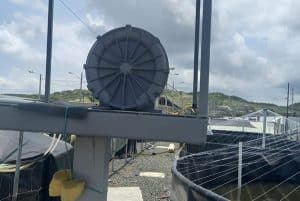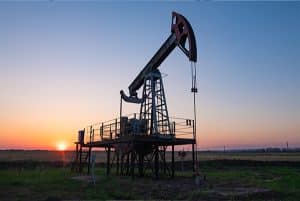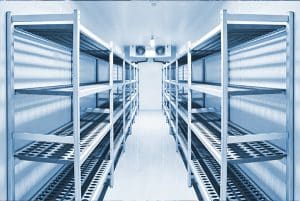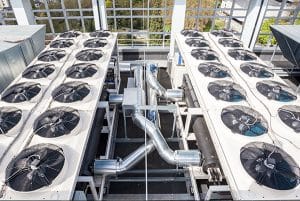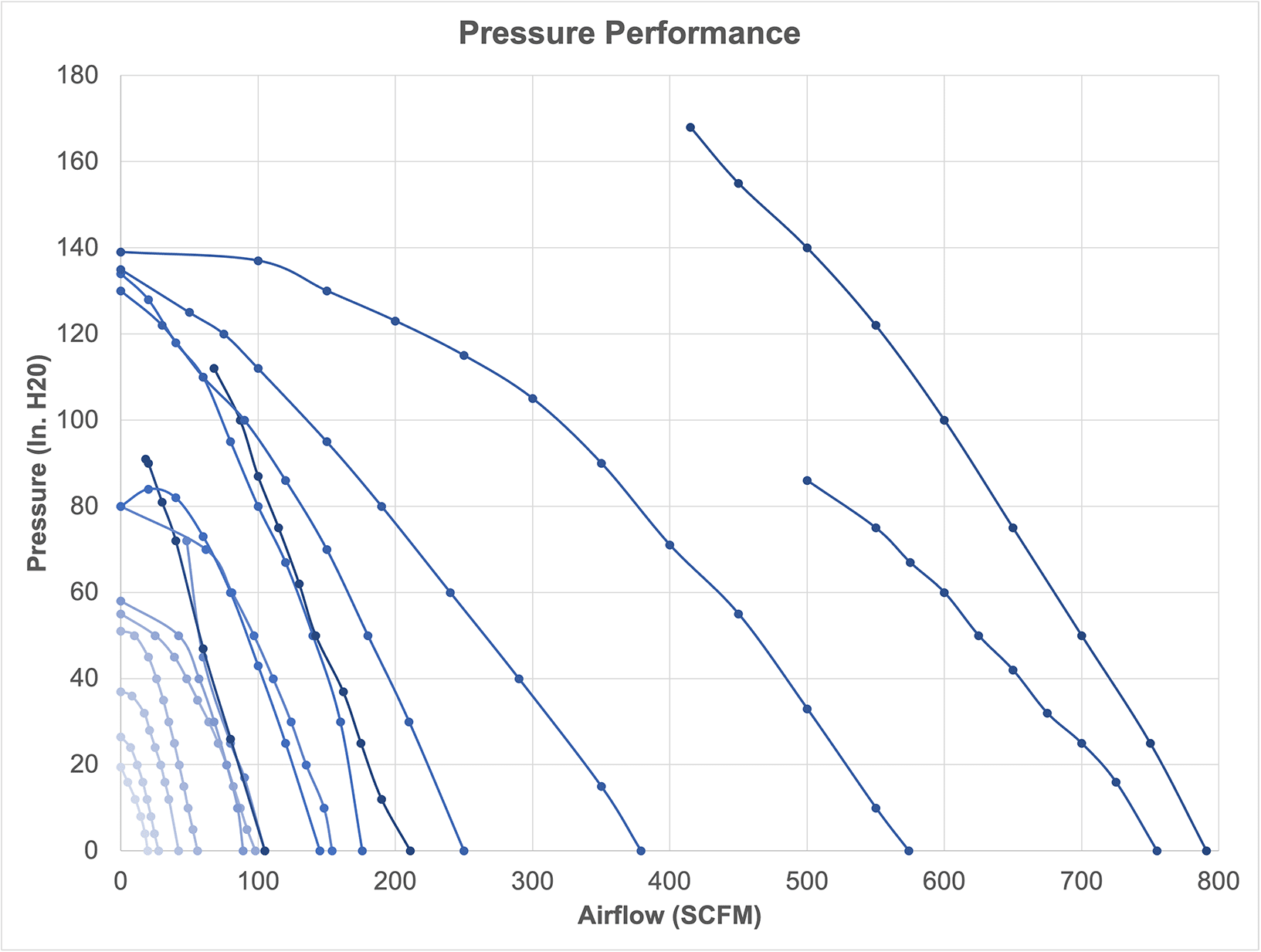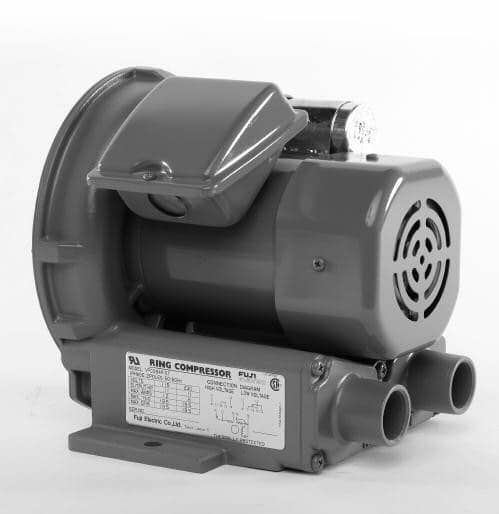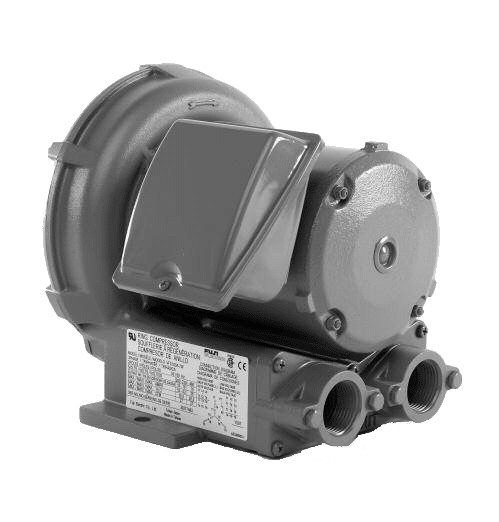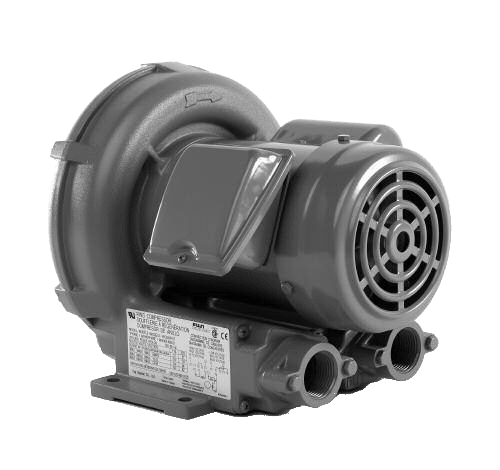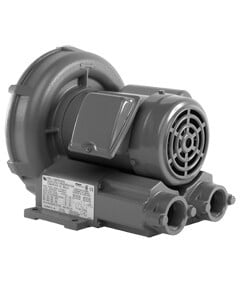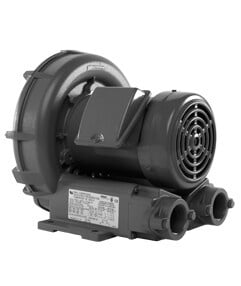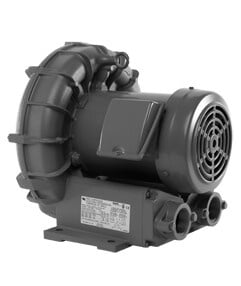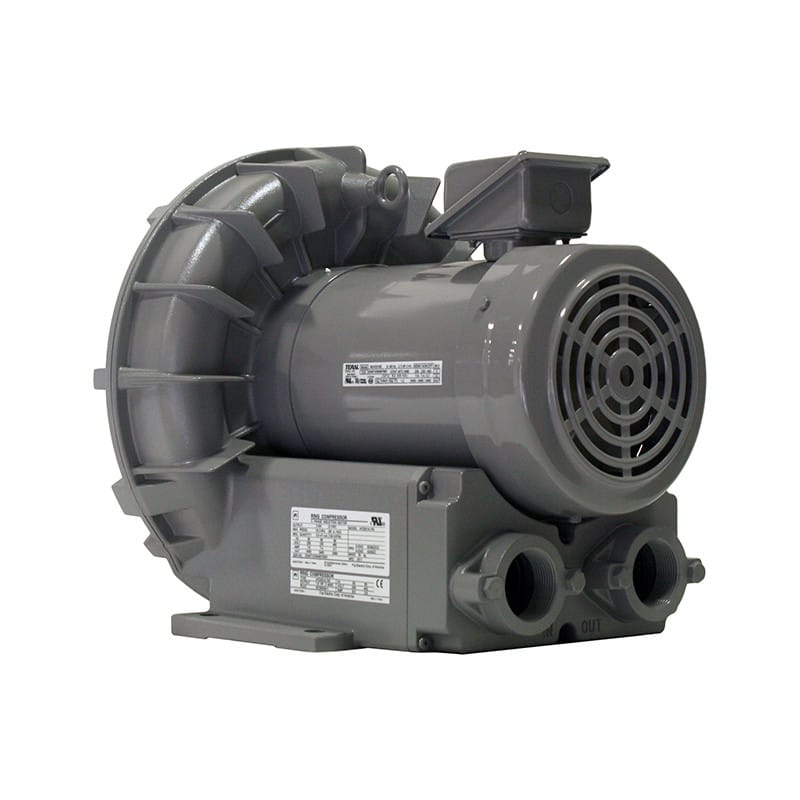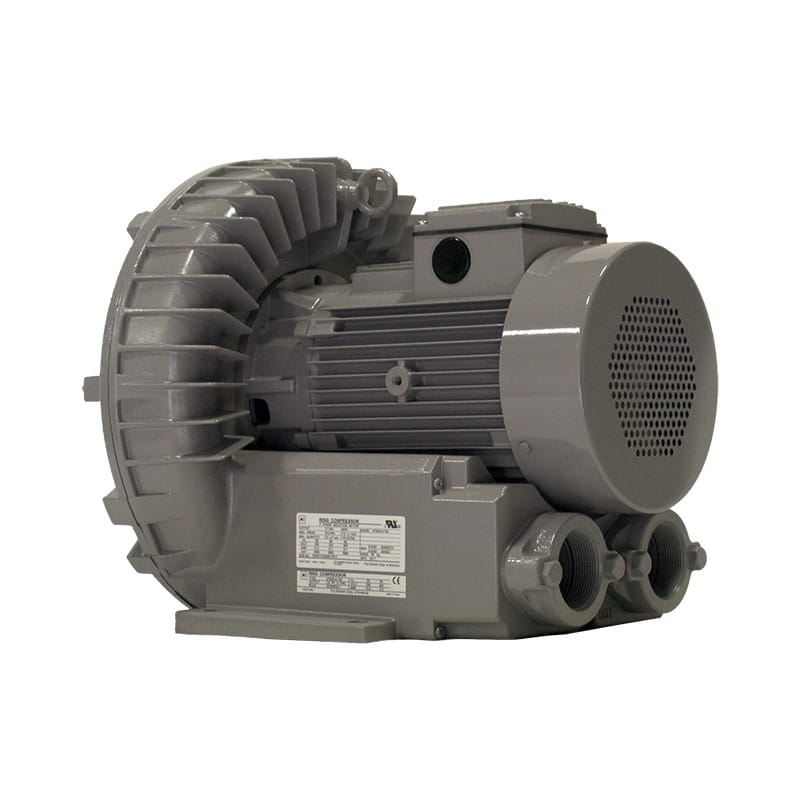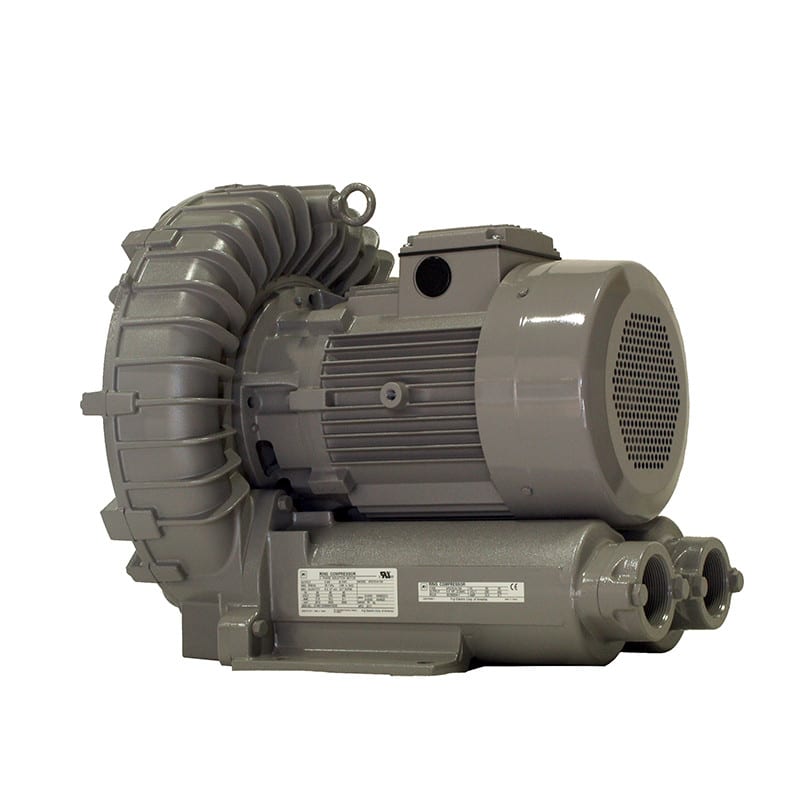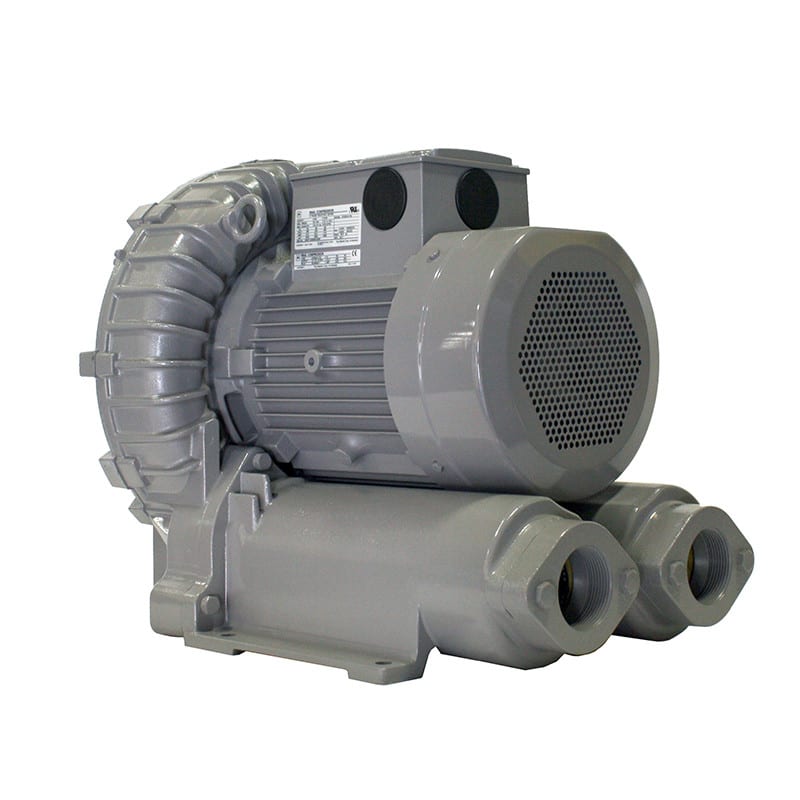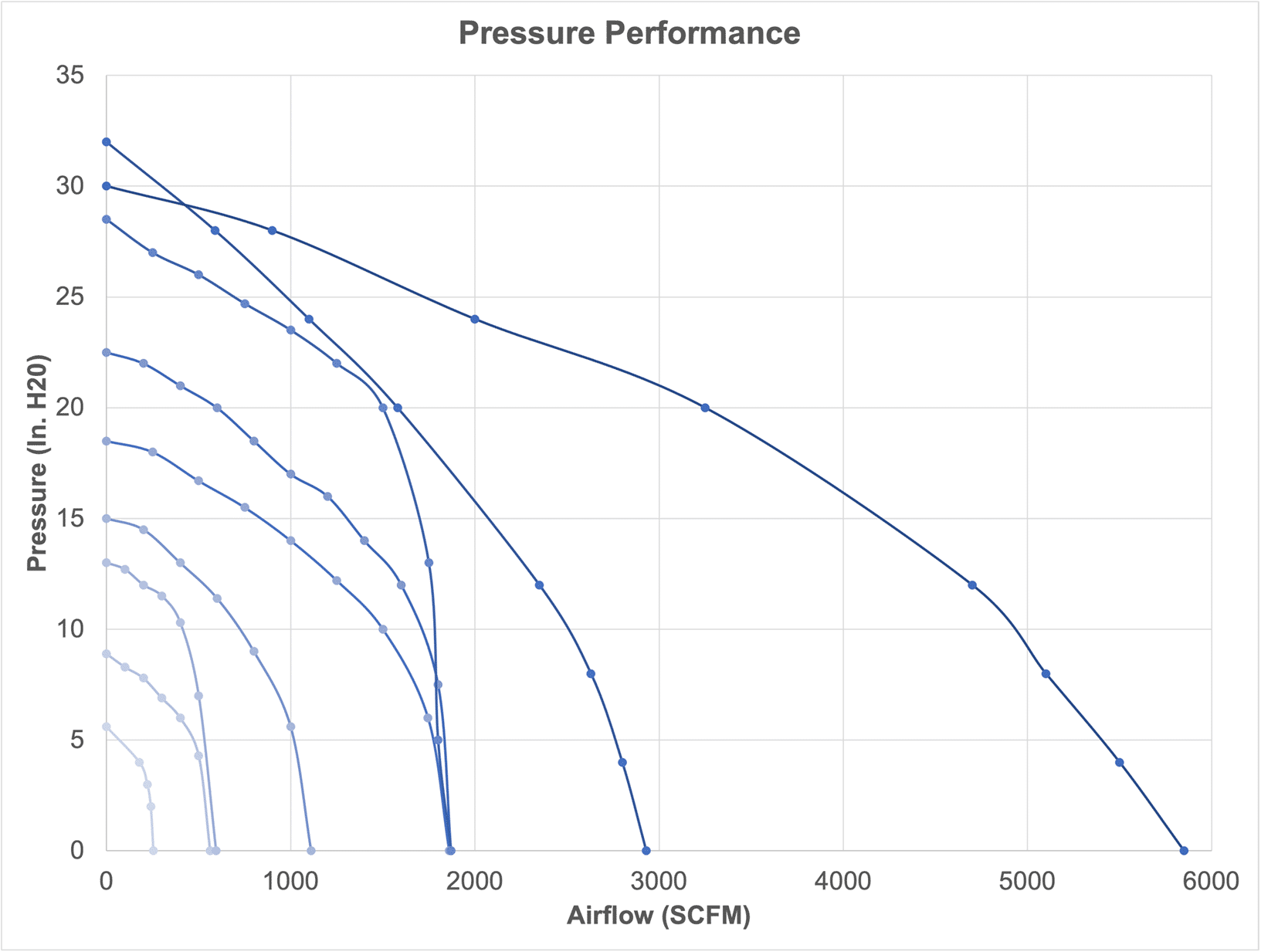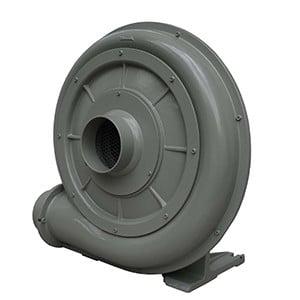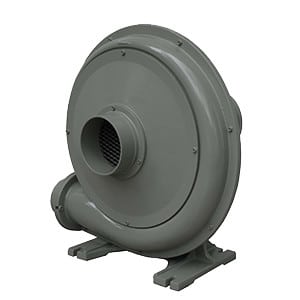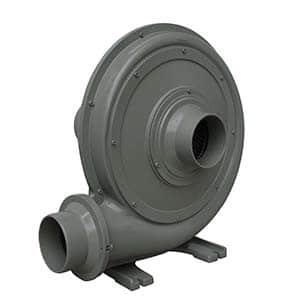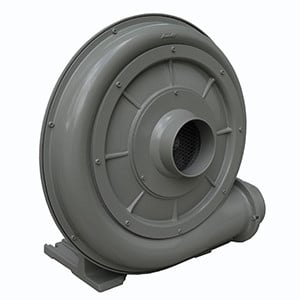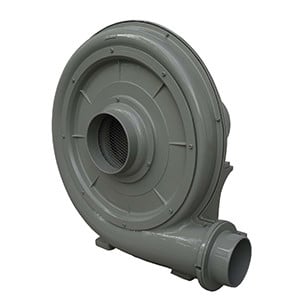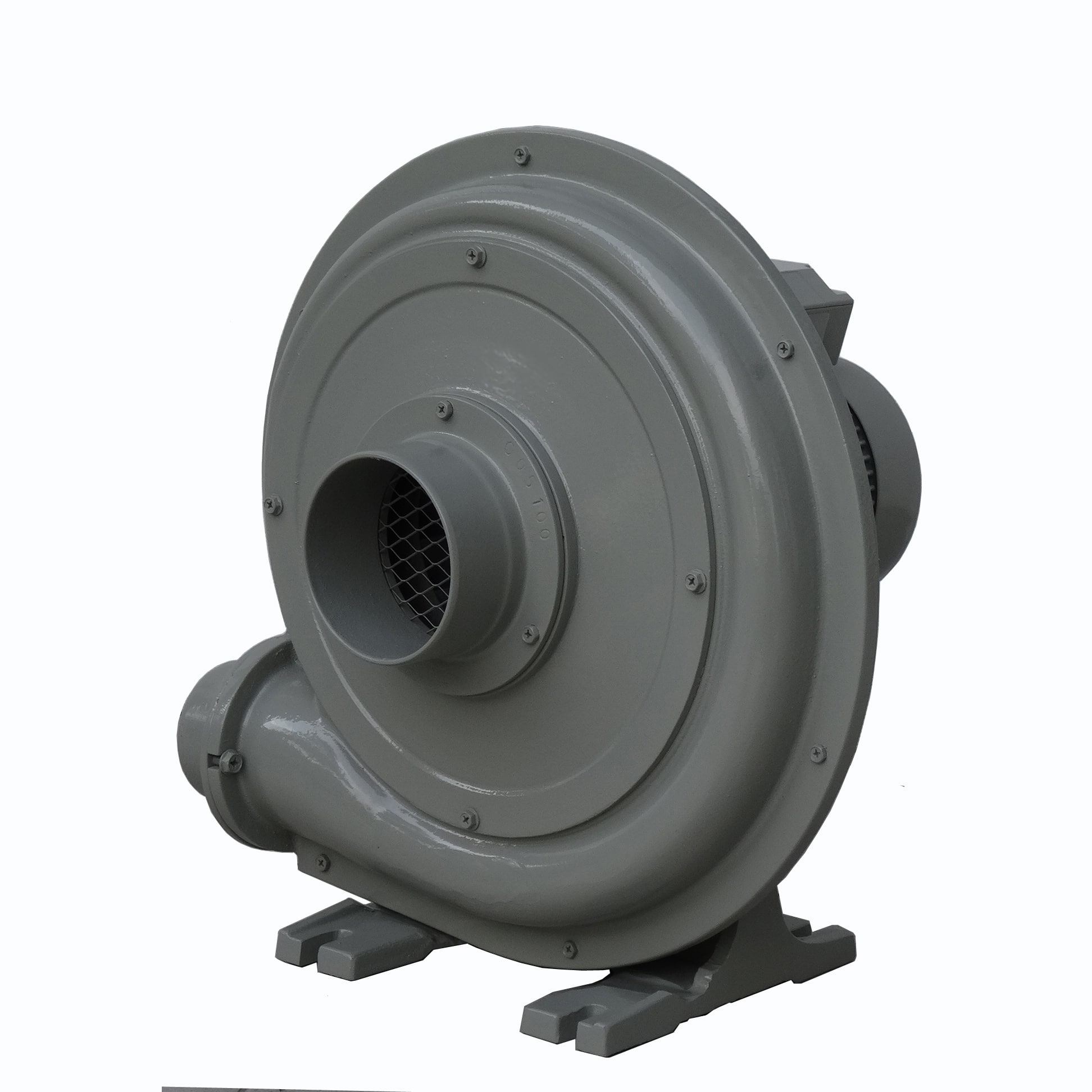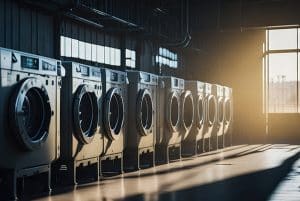Vacuum pumps and linear air pumps are both used to move air, but they operate differently and serve distinct purposes. Here’s a detailed comparison: 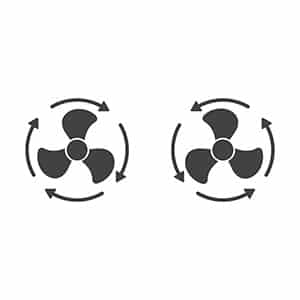
- Primary Function
- Vacuum Pumps:
- Designed to create a vacuum by removing air or gases from an enclosed space, lowering the pressure below atmospheric levels.
- Used to pull air out of a system or container.
- Linear Air Pumps:
- Designed to move or push air in a continuous, pulsation-free manner.
- Primarily used to supply air at low pressure for aeration or inflation purposes.
- Mechanism of Operation
- Vacuum Pumps:
- Use mechanisms like rotary vanes, pistons, or diaphragms to extract air and create a vacuum.
- Can achieve high levels of vacuum depending on the design (e.g., partial vacuum or near-perfect vacuum).
- Linear Air Pumps:
- Operate using an electromagnet and a flexible diaphragm.
- Alternating current drives the diaphragm back and forth, creating a consistent airflow without compressing or significantly reducing pressure.
- Air Pressure and Flow
- Vacuum Pumps:
- Focus on creating low or negative pressure.
- Typically used in systems that require suction (e.g., laboratory vacuum systems, industrial material handling).
- Linear Air Pumps:
- Provide low-pressure air with a steady flow.
- Commonly used in applications where gentle, continuous airflow is needed (e.g., pond aeration, medical devices).
- Applications
- Vacuum Pumps:
- Medical vacuum systems (e.g., suction devices).
- Industrial processes like vacuum sealing, material handling, or molding.
- HVAC systems for evacuating air from refrigerant lines.
- Laboratories for research requiring low-pressure environments.
- Linear Air Pumps:
- Aeration in aquariums, ponds, or wastewater treatment.
- Medical devices like oxygen concentrators or CPAP machines.
- Inflating or deflating products that require steady airflow.
- Low-pressure industrial air supply.
- Efficiency and Noise
- Vacuum Pumps:
- Efficiency depends on the vacuum level required; some models can be energy-intensive.
- Noise levels can vary widely based on design (rotary vane pumps are noisier; diaphragm models are quieter).
- Linear Air Pumps:
- Typically energy-efficient and designed for continuous operation.
- Known for quiet operation due to minimal moving parts and smooth air output.
- Cost and Maintenance
- Vacuum Pumps:
- Often more expensive, especially high-performance models.
- Maintenance involves parts like seals, filters, and oil (if applicable for oil-lubricated models).
- Linear Air Pumps:
- Generally more affordable and require minimal maintenance.
- Maintenance typically involves replacing diaphragms or cleaning filters periodically.
Key Differences
| Feature | Vacuum Pumps | Linear Air Pumps |
| Purpose | Create suction or low pressure | Provide steady low-pressure air |
| Pressure Range | Negative pressure (vacuum) | Positive, low-pressure output |
| Flow Characteristics | Variable, depending on vacuum level | Steady, pulsation-free airflow |
| Mechanism | Rotary, diaphragm, or piston | Electromagnetic diaphragm |
| Common Use Cases | Suction and vacuum applications | Aeration and continuous airflow |
| Energy Efficiency | Moderate to high (varies) | Typically high |
| Noise | Can be noisy | Quiet |
- Vacuum Pumps are ideal for applications requiring negative pressure or suction, such as laboratory or industrial vacuum systems.
- Linear Air Pumps are best for delivering steady, low-pressure airflow in applications like aeration or low-pressure air supply.
The choice between the two depends entirely on whether you need to create a vacuum or provide a gentle, continuous flow of air.




